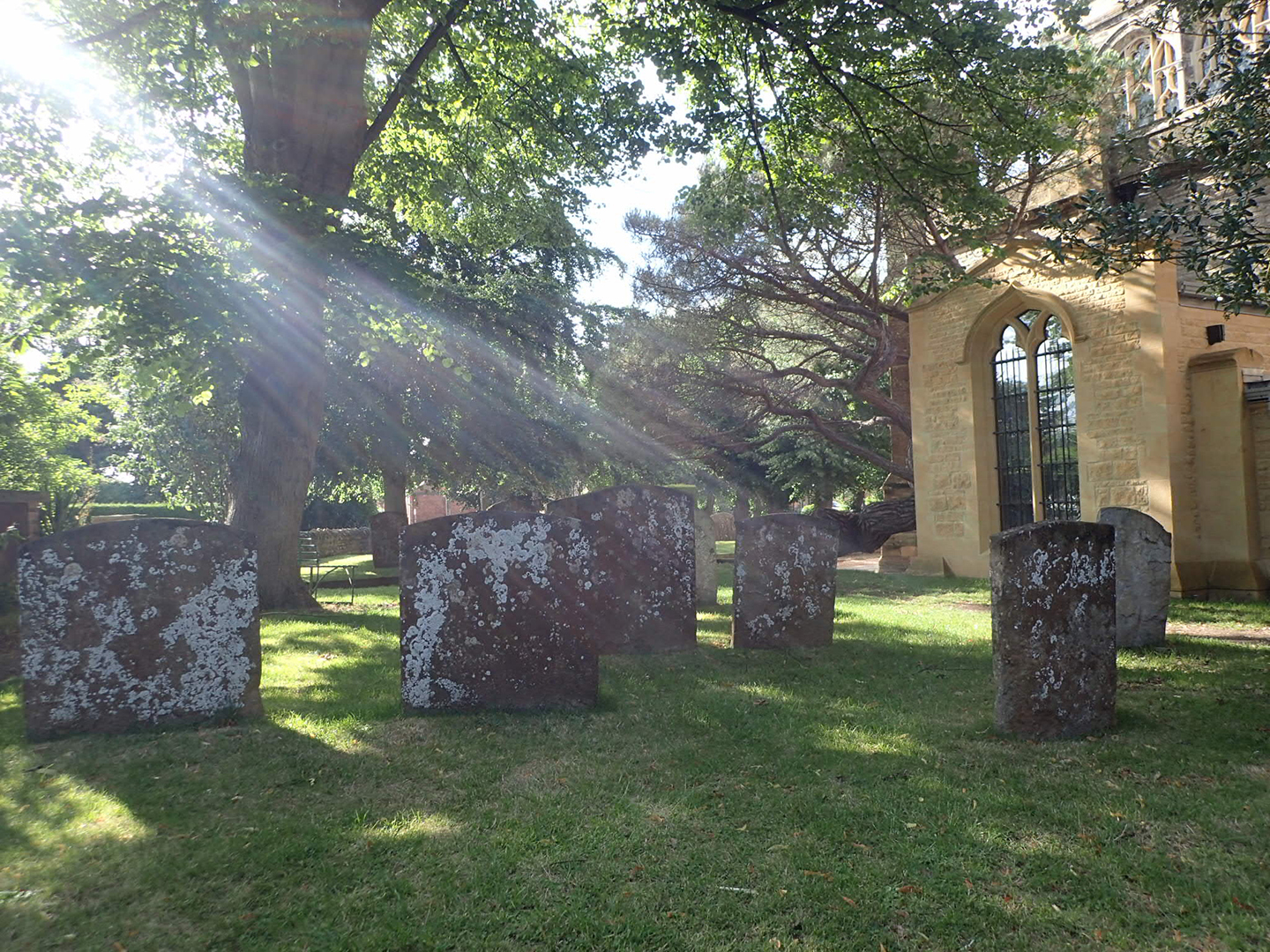You’ve read your story several times. You’ve made some notes toward your next draft. Your subconscious has been chewing on your manuscript all night. What now? Begin again. Re-type your story.
That’s right: Re-type it. If you just pull up the manuscript on your screen, you won’t really “begin again;” you’ll just tinker with the old model. Tinkering leads to marginal improvements. Tinkering keeps you married to the original version, the original vision—and that’s precisely the problem for most emerging writers: They’re too wedded to the original material, afraid of reimagining and rewriting, which is the heart of real revision.
Think of Tarzan swinging through the jungle: He’s got to let go of the old vine in order to swing on the new vine. If he tries to keep hanging onto the old vine, he will just be suspended in mid-air until some jaguar disembowels him not make any progress. Wouldn’t you rather swing forward? Wouldn’t you rather take a leap—in your story, and as a writer?
Here’s what that leap might look like: You’re typing away, carrying out your plan from yesterday, when some fresh possibility occurs to you, something you hadn’t seen until just now (Whoa! Where did that come from?) and it might not work, but hell, it’s worth a try.
When this happens, the feeling you get is like taxiing down a runway and suddenly lifting off. My hope is for you to catch that feeling once or twice in the course of this revision regimen.
Walking the Walk
In my own practice, I do this again and again. Actually, I take one more step: I print out the draft, and then re-write it by hand, and then re-type it from the handwritten draft. This would be boring if it was mere transcription; the thing that makes it interesting and worthwhile are the big leaps that happen when I figure out a way to make the draft much better.
Two More Notes
Don’t get trapped on the line level today. Now is the time to make big moves—cutting, adding, resequencing—and a lot of your sentences won’t survive this process, so why polish individual lines? (Furthermore, if you do polish them, you’ll be more reluctant to cut them. As a result, you won’t make the big changes the manuscript needs, and you’ll end up with a highly polished turd.)
So make peace with ugly lines for now. Make peace with the fact that you’re going to write a lot of new lines in the next few days, and most of them won’t be beautiful at first. Breakthroughs on the tectonic level will often set you back on the line level. You can pretty up those lines later, but for now your job is to work on the big stuff, so keep your eyes on the higher levels, and don’t get caught sniffing along the lines.
Note #2: Every time you revise your manuscript, save it as a new version (e.g. Chad the Impaler v2). At the end of this regimen, you’ll compare your final document with your initial document. Saving separate versions is a good habit in real life, too, because it allows you to take more risks with revision: If you really screw up, you can always go back to an earlier version of your work.
Reflect:
How did this go for you?
How did your story change today?
What did you learn about yourself as a writer today? How did you change?
